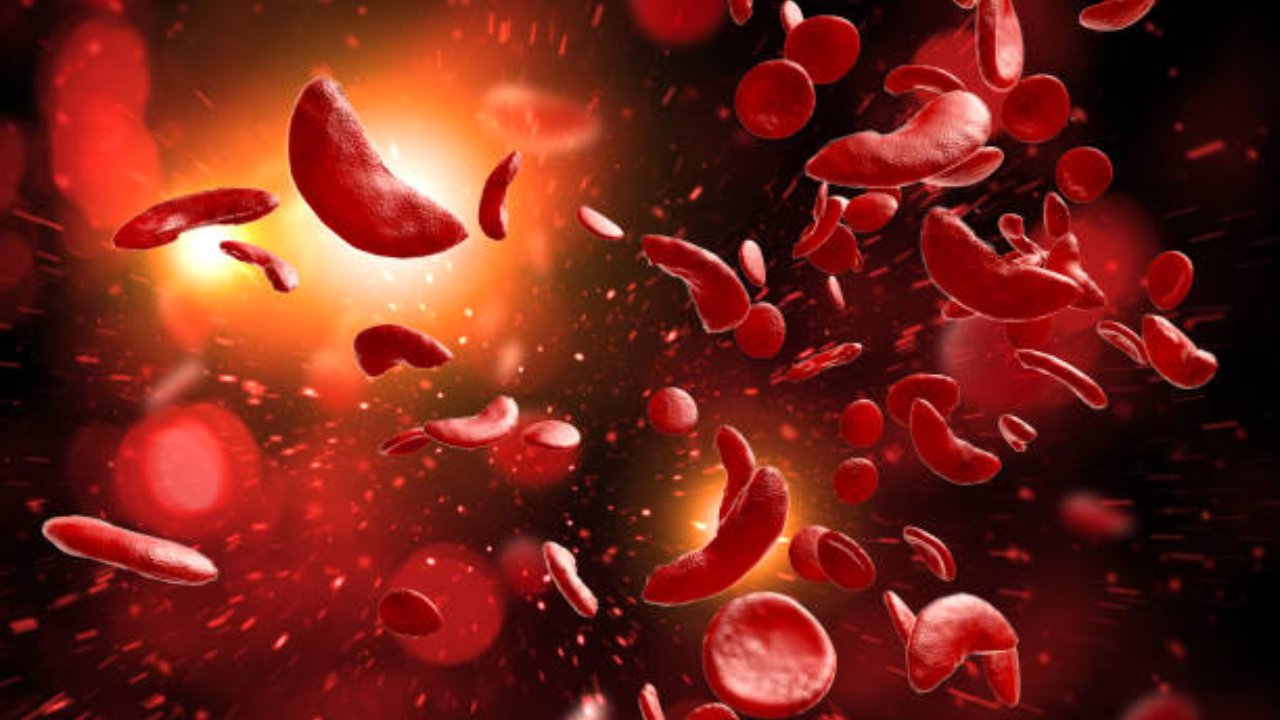[ad_1]
National Sickle Cell Anaemia Elimination Mission
The National Sickle Cell Anaemia Elimination Mission was launched by Prime Minister on July 1, 2023 at Shahdol, Madhya Pradesh.The program is being carried out in a mission mode for screening, prevention, and management of sickle cell anemia in all tribal and other high prevalent areas States/UTs of India.
As per Census 2011, India has an 8.6% tribal population which is 67.8 million across the Indian states.
“The focus is on 278 districts of 17 states with higher prevalence of SCD viz., Gujarat, Maharashtra, Rajasthan, Madhya Pradesh, Jharkhand, Chhattisgarh, West Bengal, Odisha, Tamil Nadu, Telangana, Andhra Pradesh, Karnataka, Assam, Uttar Pradesh, Kerala, Bihar and Uttarakhand,” the official statement adds.
What is sickle cell disease?
Sickle cell disease (SCD) is a genetic blood disorder characterized by abnormal hemoglobin, the protein responsible for carrying oxygen in red blood cells. It is more common in the tribal population of India but occurs in non-tribals too.
Individuals with SCD inherit two abnormal genes, one from each parent, leading to the production of abnormal hemoglobin known as hemoglobin S (HbS). Under certain conditions, HbS can cause red blood cells to become rigid, distorted, and shaped like crescent moons, impairing their ability to flow smoothly through blood vessels.
This distortion leads to vaso-occlusive events, where sickle cells block blood flow, causing intense pain and tissue damage. Additionally, sickle cells have a shorter lifespan, leading to anemia and a decreased ability to deliver oxygen throughout the body.
Easy Yoga Technique for Headache Issues: Himalayan Siddhaa Akshar
Symptoms of sickle cell disease include chronic pain, anemia, susceptibility to infections, and organ damage. While there is no cure, various treatments aim to manage symptoms and prevent complications, including blood transfusions, medication, and, in some cases, bone marrow or stem cell transplantation. Early diagnosis, ongoing medical care, and a healthy lifestyle can significantly improve the quality of life for individuals with sickle cell disease.
[ad_2]
Source link


